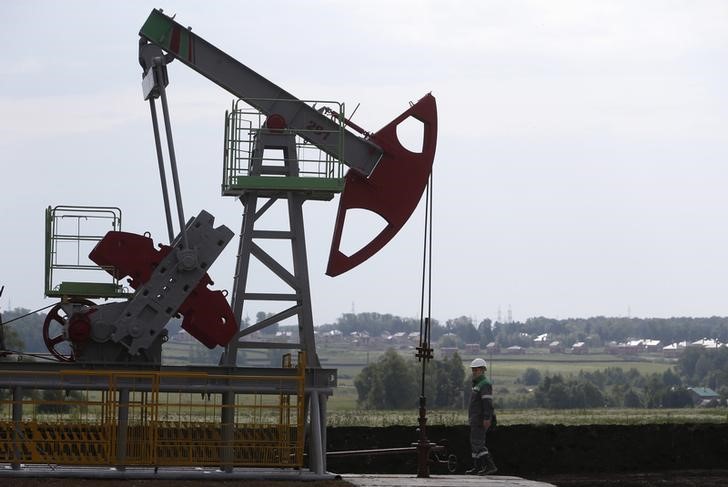Investing.com– Oil prices extended recent losses into Asian trade on Thursday as unexpected delay in an upcoming OPEC+ meeting spurred uncertainty over just how much further the producer group intended to curb supplies.
Some strength in the also weighed on oil markets, as a smaller-than-expected increase in weekly jobless claims spurred concerns that the labor market will not cool as quickly as initially expected.
Crude market trading volumes are likely to be limited for the remainder of the week, on account of holidays in the U.S. and Japan. This trend could spur additional volatility in price swings.
slid 1.4% to $80.80 a barrel, while West Texas Intermediate crude futures fell 1.2% to $76.19 a barrel by 20:44 ET (01:44 GMT). Both contracts lost about 1% on Wednesday.
Oil prices were still headed for a positive weekly finish, albeit barely, as media reports suggested that the Organization of Petroleum Exporting Countries and allies (OPEC+) will consider more supply cuts during an upcoming meeting.
OPEC meeting delayed, supply cuts in focus
But a delay in the meeting- to Nov. 30 from Nov 26- cast some doubts over just how much the cartel will cut supply, given that the delay was reportedly due to disagreements over production between the member countries.
The delay was linked to African producers, which make up a relatively small portion of overall supply in the cartel. Any production changes by Saudi Arabia and Russia will be in close focus, given that the two have led the cartel in cutting supply through 2023.
The two also recently signaled that they will maintain their current supply cuts until end-2023. But analysts said that in order to boost oil prices, Saudi Arabia and Russia will likely have to deepen their production cuts and tighten markets further in early-2024.
Recent data suggested that despite ongoing Saudi and Russian supply cuts, global oil markets were not tight as initially expected. Other members of OPEC were seen increasing production, while U.S. data showed a substantially bigger-than-expected build in over the past week.
also saw an unexpected build, while saw a slightly bigger-than-expected draw.
But U.S. oil production remained close to record highs through the past week, at 13.2 million barrels per day. The country ramped up production in recent months to fill the supply gap from the OPEC cuts, as well as to help global markets weather more curbs on Russian oil exports.
A swathe of weak economic readings from across the globe, particularly major oil importer China, have also raised concerns over whether demand will remain steady in the coming months.
Read the full article here










